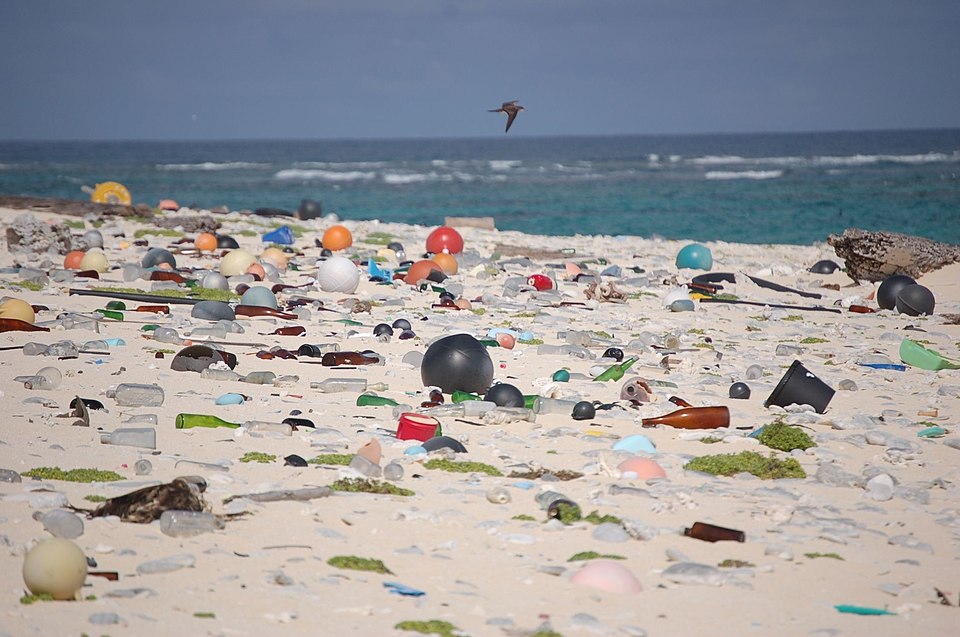Guide to the Plastic Crisis
From The Observatory
Editor: Reynard Loki
Source: Earth Food Life Project
The guide will help readers understand the global plastic crisis from multiple angles, including the impact of plastic on human health, wildlife and the environment, the upstream forces in the lifecycle of plastics, the complex reality of recycling plastic, the unique threat posed by tiny plastic particles called nanoplastics, and how two similar cities have handled the plastic issue in different ways.
1
By Mary Mazzoni | From Earth Food Life Project
Many now consider ocean plastic pollution an existential threat on par with climate change, but it seems like it should be an easy one to fix. Plastic is recyclable, after all, so why can’t we just recycle it? It turns out it’s not as simple as it sounds.
2
By Robin Scher | From Earth Food Life Project
It is clear that plastic is choking the planetary environment. What is less clear is the impact of plastic on human bodies.
3
By Tina Casey | From Earth Food Life Project
As the private transportation sector shifts focus to batteries, biofuels, and green hydrogen, fossil fuel stakeholders have been seeking new avenues of revenue in the petrochemical industry in general, and in plastics in particular. That’s bad news for a world already swimming—literally—in plastic pollution. Product manufacturers and other upstream forces could reverse the petrochemical trend, but only if they—along with policymakers, voters, and consumers—continue to push for real change beyond the business-as-usual strategy of only advocating for post-consumer recycling.
4
By Lorraine Chow | From Earth Food Life Project
In 2015, a team of marine biologists in Costa Rica pried a plastic straw from the nose of a male olive ridley sea turtle. Footage of the excruciating, bloody extraction was posted online and viewed by millions of people around the globe. The video is powerful not only because it suggests the pervasiveness of plastics and shows the harm it can inflict on a vulnerable species, but it also strikes a much deeper chord within: shame.
5
By Erika Schelby | From Earth Food Life Project
Both Santa Fe and Albuquerque share many qualities and conditions, foremost among them a distinctive cultural mix of American, Hispanic/Latino, and Native American citizens. But the two communities are also dissimilar, and this is reflected in the way they have dealt with the plastic bag dilemma.
6
By Lydia Chodosh | From Earth Food Life Project
“People can feel overwhelmed as they learn more about the issue,” says Carolynn Box, science programs director at 5 Gyres, one of several organizations working to combat the problem of plastic pollution, and highlighting what can be done about it. “That’s why it’s important to provide information and tools for people to take action.”
7
Plastic is in the air we breathe, the food we eat, and the water we drink. How does it get there—and what does it mean for human health?
8
By Ann Leslie Davis | From Earth Food Life Project
Chemists are manipulating carbon dioxide to make clothing, mattresses, shoes, and more. By recycling carbon, they are creating a circular economy.

